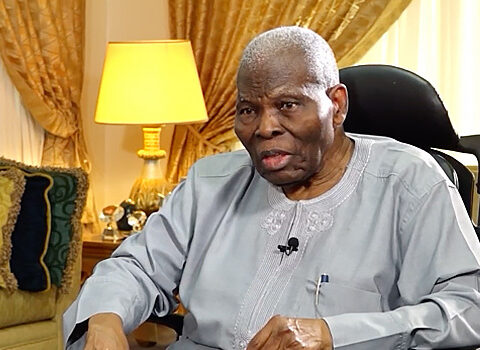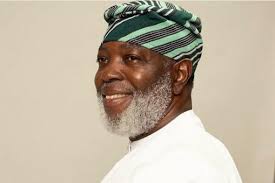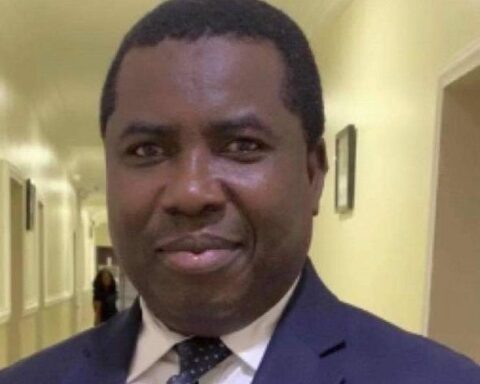Pope Leo XIV will head off on holiday Sunday after a measured first two months at the helm of the Catholic Church, marked by a push to restore unity and reaffirm tradition following the unconventional papacy of his predecessor.
Described by Vatican insiders as “prudent,” “methodical” and “attentive,” the first American pontiff has taken a notably cautious path since his election on May 8, succeeding Argentina’s Pope Francis.
While Francis captured global admiration with his charismatic, reformist approach over a transformative 12-year papacy, he also stirred deep internal divisions. In contrast, Pope Leo has stepped deliberately, favoring continuity and stability over sweeping change, and reviving many of the church’s longstanding customs in the process.
On the all-important symbols, Leo has returned to wearing the traditional red mozzetta – a short cape – and stole over his white papal robes.
He will take a summer break from July 6 to 20 at the papal palace at Castel Gandolfo, outside Rome, a longtime country residence for pontiffs that Francis declined to use.
Leo is also expected to move into the papal apartments of the Vatican’s Apostolic Palace in the autumn after extensive renovations, according to a Vatican source.
Francis had rejected the palace in favor of a simple apartment in the Santa Marta guesthouse.
On policy matters, Leo has given numerous speeches but has so far avoided taking positions that might cause offense and has made no major appointments.
In public, he smiles and engages with crowds who flock to see him in St. Peter’s Square, from blessing babies to singing along with chants for the Chicago White Sox, his favorite baseball team.
But the discreet former missionary, who spent two decades in Peru before joining the Roman Curia, the Catholic Church’s governing body, in 2023, has so far kept to the script and followed protocol.
“His style is simplicity… He is a presence that does not impose itself on others,” said Roberto Regoli, a professor at the Pontifical Gregorian University in Rome.
“With him, rather than looking at appearances, you have to focus on the content,” he told Agence France-Presse (AFP).
‘Some relief’
Charles Mercier, a professor of contemporary history at the University of Bordeaux, said Leo appeared keen to promote the institution over himself as an individual.
“Francis had a personal charisma that he greatly emphasized through his personality. Leo seems to want to blend into an institution, the papal office, that is more than him,” he told AFP.
The approach has won Leo support within the Curia.
Employees who spoke to AFP described a man who was “pragmatic,” “impressively calm,” “measured and methodical,” “thoughtful” and “concerned about balance.”
“He is someone who listens a lot, who needs to understand how things work before making decisions,” explained one employee of a dicastery, a Vatican government department.
Even those speaking under cover of anonymity offered a broadly positive tone, reflecting how in just two months, Leo has re-engaged with the Curia.
“The Curia was shaken up by Pope Francis, with reforms decided sometimes unilaterally, even in an authoritarian manner, and often badly received,” a Vatican source told AFP on condition of anonymity.
The arrival of Leo – “who has a good reputation,” according to the source – “brought some relief.”
“We feel that things will be fluid, less personal,” they added.
A phrase Leo uttered during his first meeting with the Curia on May 24 made a lasting impression: “Popes come and go, the Curia remains.”
This contrasts sharply with the criticism dealt out by Francis, who accused the Curia early in his papacy of “spiritual Alzheimer’s” and a lust for power.
Assurances
“It’s clear we’re in a phase of hug therapy,” commented a European diplomatic source.
Another envoy to the Holy See added that Leo was “pursuing a unifying approach – exactly what he was elected to do.”
Francis was also accused by critics of sidelining doctrine in favor of social issues, notably migration, even if he did not in fact change major tenets of Catholic belief.
In his first few weeks, Leo reaffirmed the celibacy of priests, defined marriage as a union between a man and a woman, and urged bishops to stand firm against sexual abuse, a scandal that still roils the global church.
Despite criticizing U.S. President Donald Trump’s migration policy before becoming pope, Leo has barely mentioned the subject since taking office, although he has emphasized the importance of social justice.
On the diplomatic front, Leo has renewed calls for peace in Gaza and Ukraine.
He discussed the latter conflict with Russia’s Vladimir Putin in a telephone call on June 4, where he urged the president to make a “gesture that favors peace.”
Francis had not spoken to Putin since before Russia’s invasion of Ukraine in February 2022.
Just as his overtures to the Curia have been well received, Leo’s return to the traditional symbols of the papacy has been welcomed by those in the church who accused Francis of distorting the papal office.
But Mercier noted that this did not rule out change in the future.
Leo is aiming for a “symbolic rebalancing that undoubtedly stems from the desire to unite the Catholic flock, which has given the impression of being polarized under Francis,” he said.
But, he added, it could also be a strategy “to provide symbolic assurances to enable continued progress on the substance.”



























